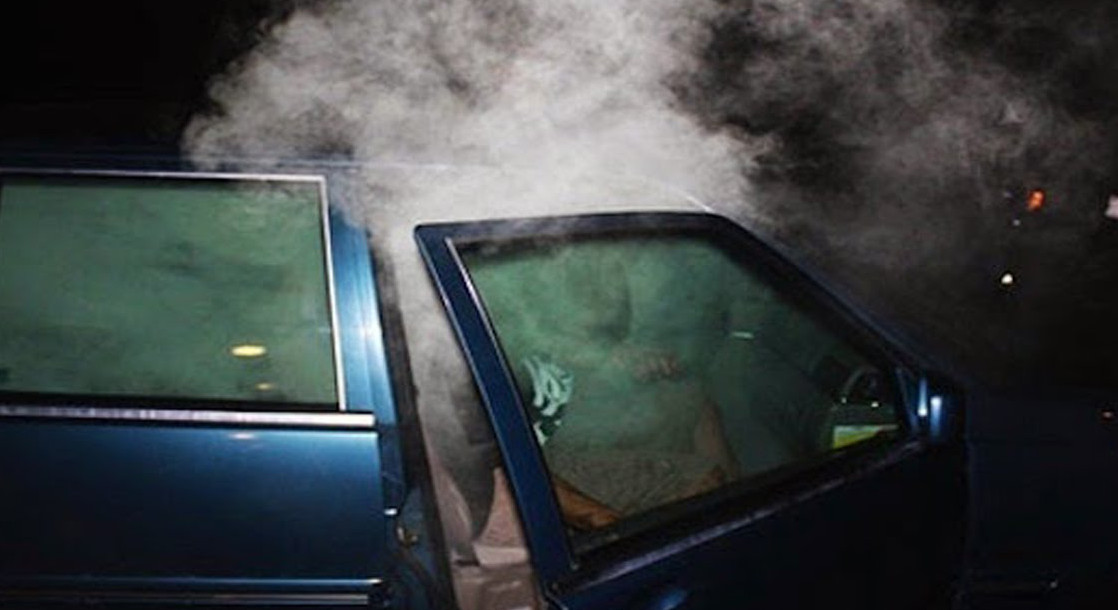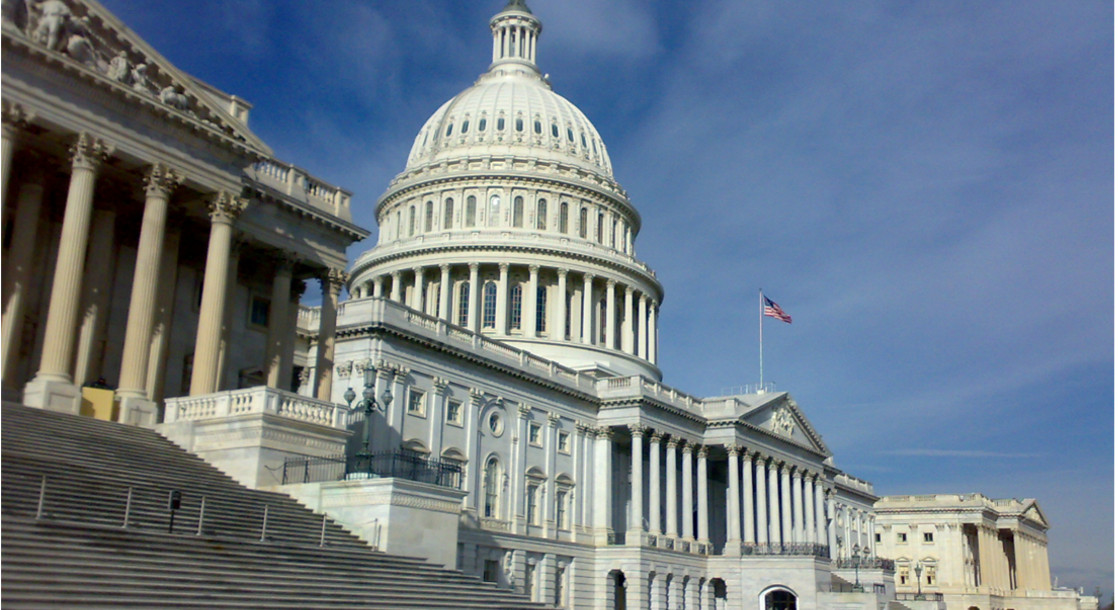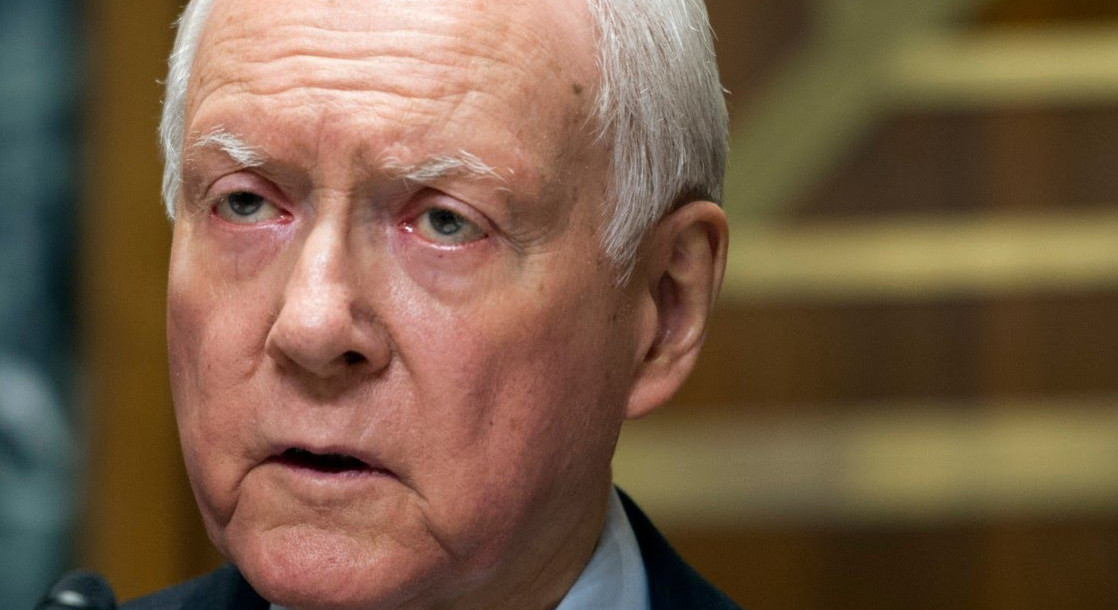Last month, President Obama signed the $305 billion Fixing America's Surface Transportation Act into law, providing funding and new regulations for the country's aging highways. This law has special significance for medical and recreational pot users, as it requires the government to investigate “marijuana as a causal factor in traffic crashes” and set a legal limit for driving under the influence of marijuana.
The law directs the Department of Transportation to investigate methods for detecting if a driver is under the influence of marijuana, and how to differentiate between a drunk driver and a stoned driver. Within the next year, the department is tasked with releasing a report detailing recommendations on an impairment standard for marijuana-impaired driving, similar to the breathalyzer test for blood alcohol content used in drunk driving cases. The study will be overseen by President-elect Donald Trump's pick for head of the DoT, Elaine Chao, former labor secretary to President George W. Bush and wife of Senate Majority Leader Mitch McConnell.
The DoT is also required to provide recommendations on “effective and efficient methods for training law enforcement personnel, including drug recognition experts, to detect or measure the level of impairment of a motor vehicle operator who is under the influence of marijuana by the use of technology or otherwise.” Several states have already enacted per se laws that state that a driver with a certain percentage of marijuana metabolites in their system is too intoxicated to legally drive. These laws have been criticized because they are not based on any scientific evidence that proves that a certain amount of marijuana intoxication increases the chance of a traffic accident.
A 2015 study by the National Highway Traffic Safety Administration (NHTSA) did not conclusively find that marijuana increased the risk of traffic accidents. The study did find, however, that “marijuana users were about 25 percent more likely to be involved in a crash than drivers with no evidence of marijuana use,” but also found that “other factors – such as age and gender – appear to account for the increased crash risk among marijuana users.”
“Marijuana users are more likely to be involved in accidents, but that the increased risk may be due in part because marijuana users are more likely to be in groups at higher risk of crashes,” the researchers found. “In particular, marijuana users are more likely to be young men – a group already at high risk.”











